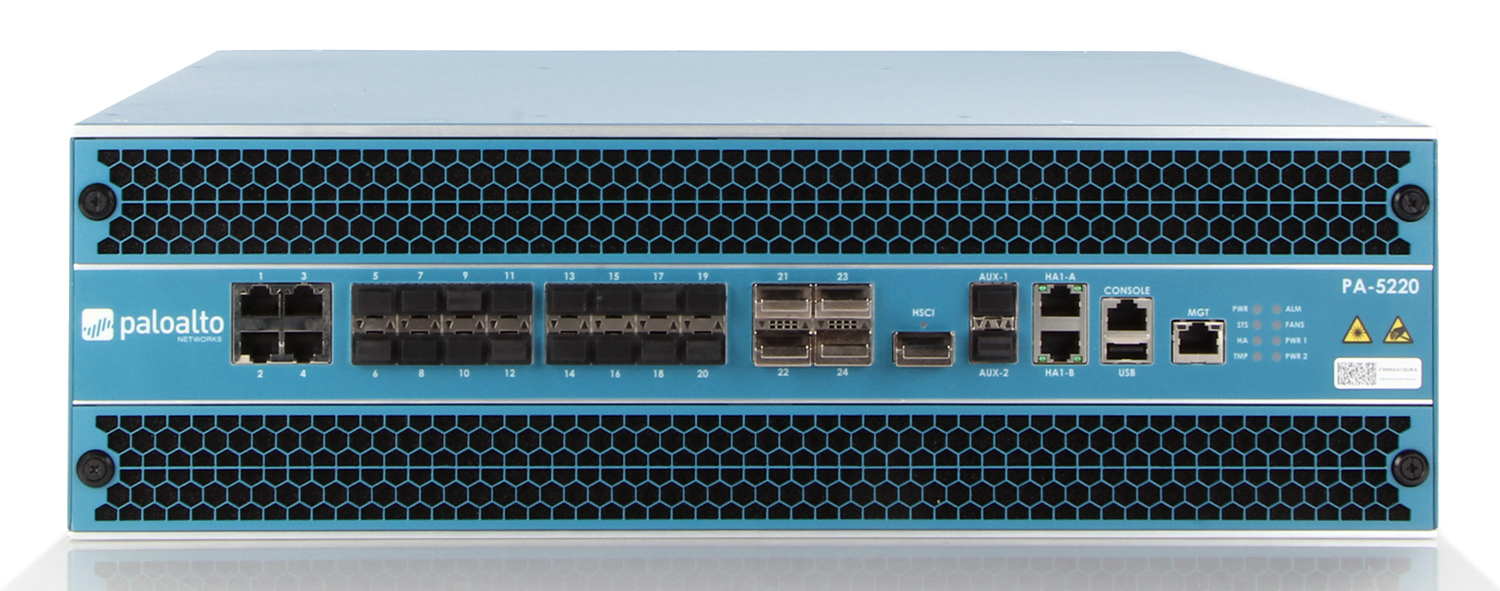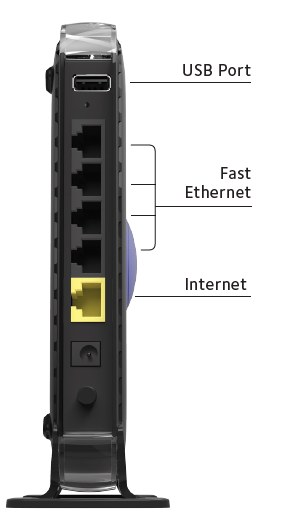ARRIS - SURFboard AC-1750 Dual-Band Wi-Fi Router with 24 x 8 DOCSIS 3.0 Cable Modem - White. Model: SVG2482-AC. Rating 4.6 out of 5 stars with 1732 reviews. Mac routers 'If you set it up like that - you have a wide variety of choices for your provider connection - regular DHCP, PPPoE, PPTP. Here's the steps I took to setup a Linksys Router with Mac OS X. Peel off the sticker on the back of the router. Plug in the router's power cord. Connect the router to your modem via the supplied Ethernet cord and the port marked ‘Internet'. Connect the router to your Mac via Ethernet. We'll help you find just the right router to anchor your home network. Eero Home WiFi System 2 review: Beacons make this system even easier to install Jul 16, 2019 7:37 AM in Routers.
If you've followed the steps to connect your Mac to a Wi-Fi network, but the connection to your network or the Internet isn't reliable, the steps in this article might help.
Check for Wi-Fi recommendations
When your Mac tries to connect to a Wi-Fi network, it checks for issues that affect its ability to create a fast, stable, and secure connection. If an issue is detected, the Wi-Fi status menu in the menu bar shows a new item: Wi-Fi Recommendations. Choose it to see recommended solutions.
Wi-Fi recommendations are available in macOS Sierra or later.
Analyze your wireless environment
Your Mac can use Wireless Diagnostics to perform additional analysis.
- Quit any apps that are open, and connect to your Wi-Fi network, if possible.
- Press and hold Option (Alt) ⌥ key, then choose Open Wireless Diagnostics from the Wi-Fi status menu .
- Enter your administrator name and password when prompted.
Wireless Diagnostics begins analyzing your wireless environment:
If the issue is intermittent, you can choose to monitor your Wi-Fi connection:
When you're ready to see recommendations, continue to the summary. Wireless Diagnostics asks for optional information about your base station or other router, so that it can include that in the report it saves to your Mac.
Click the info button next to each item in the summary to see details about that item. Wi-Fi best practices are tips that apply to most Wi-Fi networks.
Back up or make note of your network or router settings before changing them based on these recommendations—in case you need to use those settings again.
Monitor your Wi-Fi connection
Your Mac can monitor your Wi-Fi connection for intermittent issues, such as dropped connections. Follow the steps to analyze your wireless environment, but choose 'Monitor my Wi-Fi connection' when prompted.
During monitoring, a window shows that monitoring is in progress. Monitoring continues as long as this window is open and you're on the same Wi-Fi network, even when your Mac is asleep.
If Wireless Diagnostics finds an issue, it stops monitoring and shows a brief description of the issue. You can then resume monitoring or continue to the summary for details and recommendations.
Create a diagnostics report
Wireless Diagnostics automatically saves a diagnostics report before it displays its summary. You can create the same report at any time: press and hold the Option key, then choose Create Diagnostics Report from the Wi-Fi status menu . It can take your Mac several minutes to create the report.
- macOS Sierra and later saves the report to the /var/tmp folder of your startup drive, then opens that folder for you.
To open the folder manually, choose Go > Go to Folder from the Finder menu bar, then enter /var/tmp. - OS X El Capitan or earlier saves the report to your desktop.
The report is a compressed file with a name that begins 'WirelessDiagnostics.' It contains many files that describe your wireless environment in detail. A network specialist can examine them for further analysis.
Use other diagnostics utilities
Wireless Diagnostics includes additional utilities for network specialists. Open them from the Window menu in the Wireless Diagnostics menu bar:
- Info gathers key details about your current network connections.
- Logs enables background logging for Wi-Fi and other system components. The result is saved to a .log file in the diagnostics report location on your Mac. Logging continues even when you quit the app or restart your Mac, so remember to disable logging when you're done.
- Scan finds Wi-Fi routers in your environment and gathers key details about them.
- Performance uses live graphs to show the performance of your Wi-Fi connection:
- Rate shows the transmit rate over time in megabits per second.
- Quality shows the signal-to-noise ratio over time. When the quality is too low, your device disconnects from the Wi-Fi router. Factors that affect quality include the distance between your device and the router, and objects such as walls that impede the signal from your router. Learn more.
- Signal shows both signal (RSSI) and noise measurements over time. You want RSSI to be high and noise to be low, so the bigger the gap between RSSI and noise, the better.
- Sniffer captures traffic on your Wi-Fi connection, which can be useful when diagnosing a reproducible issue. Select a channel and width, then click Start to begin capturing traffic on that channel. When you click Stop, a .wcap file is saved to the diagnostics report location on your Mac.
Learn more
Additional recommendations for best Wi-Fi performance:
- Keep your router up to date. For AirPort Time Capsule, AirPort Extreme, or AirPort Express Base Station, check for the latest firmware using AirPort Utility. For non-Apple routers, check the manufacturer's website.
- Set up your router using Apple's recommended settings, and make sure that all Wi–Fi routers on the same network use similar settings. If you're using a dual-band Wi-Fi router, make sure that both bands use the same network name.
- Learn about potential sources of Wi-Fi and Bluetooth interference.
Midi Routing Mac Os X
Learn about other ways to connect to the Internet.
When working with Linux you get used to the way Linux does things, but when you switch from Linux to Mac OS X you notice that some things are handled differently.
One of these differences I came across recently. It's about the way you read out the routes you currently have active. I was used to the way you show them in Linux with the following command:
I like to add the '-n' parameter to not resolve the IP addresses to names. This can make the output of the routes much faster.
But when you switch over to OS X you will notice that the command 'route' exists but work differently. If you open the man page of 'route' on a Linux system and then on OS X you will immediately see the following difference.

The Linux man pages show you this description for the command:
Deeper for mac os. But the OS X man page will only show this in the description:

Routing Mac Os X
The missing word 'show' gives the hint that the route command will not show us the routes as we are used to from Linux. To get a similar list of active routing entries as on Linux the following command has to be executed:

The Linux man pages show you this description for the command:
Deeper for mac os. But the OS X man page will only show this in the description:
Routing Mac Os X
The missing word 'show' gives the hint that the route command will not show us the routes as we are used to from Linux. To get a similar list of active routing entries as on Linux the following command has to be executed:
The output of the netstat command on Mac OS X is very similar to the output you are used to from Linux. The option '-r' tell netstat to show the routing table and the '-n' option as with the 'route' command avoids DNS resolution. The netstat command is used to show more then just the routing table and is also available on Linux. When executed on Linux it will show the same output as the route command.
Adding a route
For adding a route to the routing table Linux as well as OS X use the route command, but be aware that even here there are differences. In OS X, to specify a route for network 10.0.0.0/24 to be routed to gateway 10.0.0.1 you use the following command.
But if you are on a Linux system you will have to use the following command to do the same:
Invoices and estimates for mac. HiveageHiveage is a great cloud-based invoice app – and more.
The syntax is very close to the syntax of OS X but it is not identical. In the OS X the destination and gateway parameter is defined by its position in the command line, the Linux command expects the parameters to be prefixed with '-net' and 'gw'.
The man page of the related commands are usually a good source of what is different between Linux and Mac OS X.
Audio Routing Mac Os X
Read more of my posts on my blog at http://blog.tinned-software.net/.
